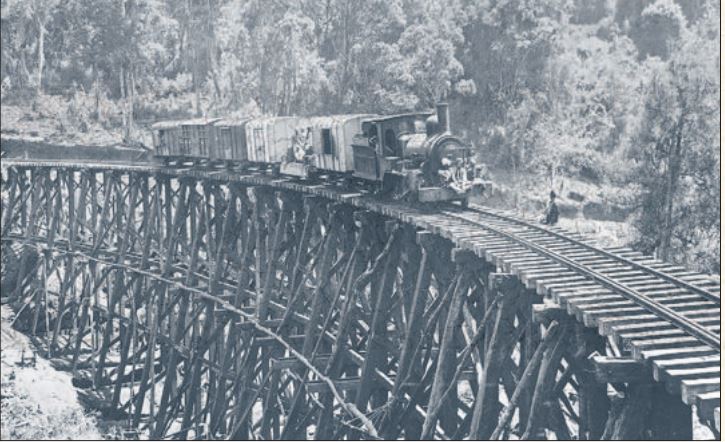×
The Standard e-Paper
Home To Bold Columnists

For a week from today, The Standard Group celebrates 100 years of media excellence and it has been been a long journey.
The newspaper has shown remarkable ability to innovate, surviving governments and ownership changes to publish uninterrupted for 116 years, attributes that will serve it well in the age of digital disruption